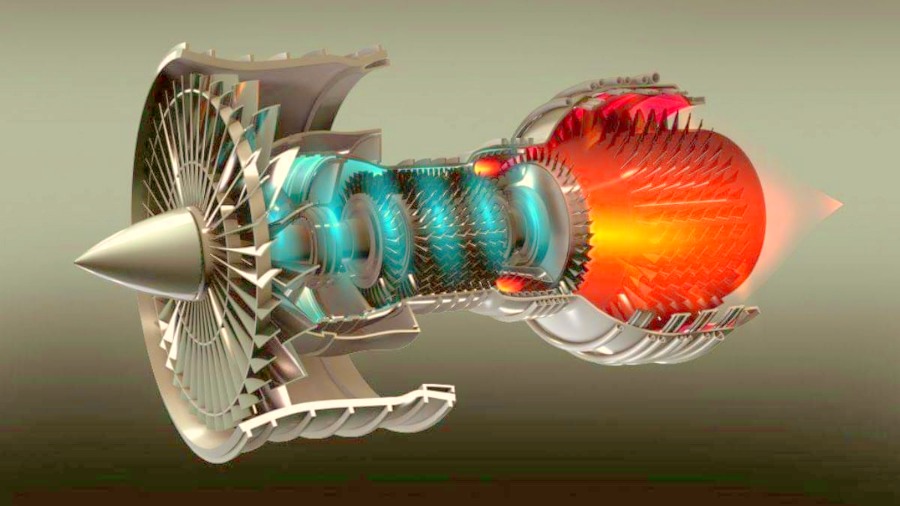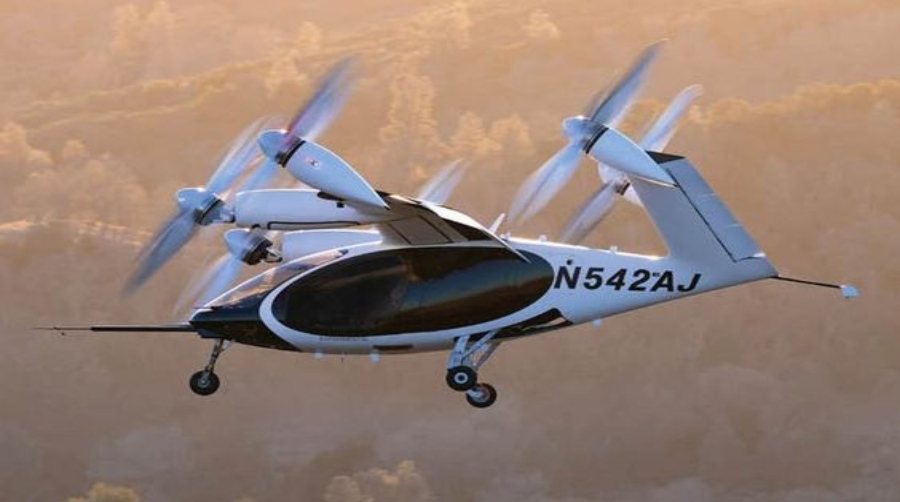The worldwide race to establish innovative boxer jets and their matching propulsion systems has actually increased, with Turkey and South Korea taking considerable strides in their particular programs. Turkey has actually supposedly devoted $3-5 billion to the growth of the TF-35000 engine for its enthusiastic Kaan competitor jet, while South Korea is spending $2.3 billion in an aboriginal engine for its KF-21 Boramae program.
Both countries are placing themselves as powerful gamers in the aerospace market, especially in the world of fifth-generation boxer jets. At the same time, India, regardless of its very own goals for a domestic fifth-generation jet engine, shows up to hang back as it faces indecisiveness over collaborations and financing for its program.
Turkey’s choice to assign $3-5 billion for the growth of the TF-35000 engine emphasizes its decision to accomplish self-direction in protection innovations. The engine is being developed to power the TAI Kaan, Turkey’s native fifth-generation competitor jet, which is being established by Turkish Aerospace Industries (TAI). The Kaan program intends to change Turkey’s aging fleet of F-16s and place the nation as a principal in the international aerospace market.
The TF-35000 engine is anticipated to provide embed the variety of 35,000 extra pounds, putting it in the very same group as engines powering various other fifth-generation jets like the F-22 Raptor and F-35 Lightning II. Turkey’s financial investment mirrors a calculated initiative to minimize dependence on international distributors, especially after dealing with obstacles with accessibility to U.S.-made engines as a result of geopolitical stress. The nation has actually currently shown a functioning model of the Kaan, that made its initial trip previously this year, powered momentarily by General Electric F110 engines. Nonetheless, Turkey intends to change these with the locally created TF-35000 by the late 2020s or very early 2030s.
South Korea is additionally making considerable strides with its KF-21 Boramae program, a 4.5-generation competitor jet with prepare for future upgrades to fifth-generation capacities. The South Oriental federal government has actually set aside $2.3 billion for the advancement of a native engine to change the General Electric F414 engines presently powering the KF-21 models. This financial investment belongs to South Korea’s more comprehensive technique to accomplish technical freedom in its protection market and lower dependence on international innovation.
The KF-21 program has actually currently attained noteworthy success, with its very first model flying in 2022. South Korea’s aerospace sector, led by Korea Aerospace Industries (KAI) and sustained by Hanwha Aerospace, is dealing with an engine that might supply drive equivalent to or going beyond the F414’s 22,000 extra pounds. The native engine is anticipated to boost the KF-21’s efficiency, leading the way for export possibilities and future versions of the jet with stealth and supercruise capacities.
South Korea’s financial investment in engine growth mirrors its wider dedication to progressing its protection sector, as seen in its expanding exports of army equipment, such as the K2 Black Panther container and FA-50 light assault airplane. The nation’s concentrated strategy and cooperation with residential companies have actually permitted it to make fast progression in its aerospace passions.
India, which has actually long desired create its very own fifth-generation boxer jet via the Advanced Tool Battle Airplane (AMCA) program, is most likely to deal with prices in a comparable variety as Turkey and South Korea– in between $2.5 billion and $5 billion– for the growth of a brand-new engine. Nevertheless, unlike its equivalents, India has yet to complete a clear roadmap for its engine program.
The AMCA, being established by the Protection R & D Organisation (DRDO) and Hindustan Aeronautics Limited (HAL), is planned to be a stealth boxer with innovative sensing units and tool systems. Nonetheless, the absence of an ideal aboriginal engine has actually been a significant obstacle. Presently, India prepares to make use of General Electric F414 engines for the preliminary models of the AMCA, comparable to the technique taken by Turkey and South Korea with their particular jets. Yet, the long-lasting objective of creating a residential engine stays evasive.
India’s previous initiatives to create jet engines, such as the Kaveri engine program, have actually been spoiled by technological obstacles, hold-ups, and expense overruns. The Kaveri, initially meant to power the Tejas Light Fight Airplane (LCA), fell short to fulfill efficiency demands, compeling India to rely upon imported engines. The nation has actually given that revealed rate of interest in co-developing a brand-new engine for the AMCA, yet it has yet to select a companion. Possible partners consist of France’s Safran, the USA, and the UK’s Rolls-Royce, every one of whom have experience in sophisticated engine innovations.
Turkey and South Korea’s positive financial investments in native engine growth highlight their tactical insight and dedication to self-sufficiency in protection modern technologies. Both countries have actually efficiently shown functioning models of their competitor jets– the Kaan and KF-21, specifically– and are currently concentrating on the crucial following action of propulsion systems. These growths put them in advance of India in the race to area completely aboriginal fifth-generation boxer jets.
Turkey’s capability to press ahead in spite of geopolitical difficulties, such as its exemption from the F-35 program, shows its strength and resolution. South Korea, at the same time, gain from a well-coordinated protection environment and a background of effective aerospace jobs. Both nations are not just intending to fulfill their residential requirements however additionally placing themselves as possible merchants of sophisticated armed forces equipment.
India’s uncertainty over collaborations for engine growth dangers better hold-ups in its AMCA program. While Turkey and South Korea have actually relocated quickly to safeguard financing and technological knowledge, India continues to be captured in an internet of governmental difficulties and completing concerns. The nation’s dependence on international engines for its existing fleet, consisting of the Tejas and Su-30 MKI, highlights the seriousness of establishing a residential option.
To capture up, India needs to prioritize its engine growth program and make a clear-cut choice on partnership. Partnering with an international company can give accessibility to crucial innovations and experience, speeding up the procedure. At the exact same time, India ought to enhance financing for aboriginal r & d to construct long-lasting capacities in propulsion systems.
In addition, India might pick up from the concentrated techniques of Turkey and South Korea, both of which have actually leveraged residential market and federal government assistance to drive their programs onward. Developing a clear timeline, protecting appropriate financing, and promoting cooperation in between DRDO, HAL, and economic sector gamers will certainly be crucial to making sure the success of India’s engine advancement initiatives.

